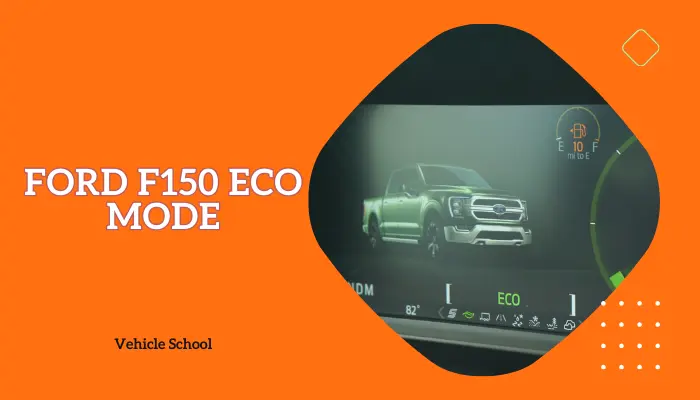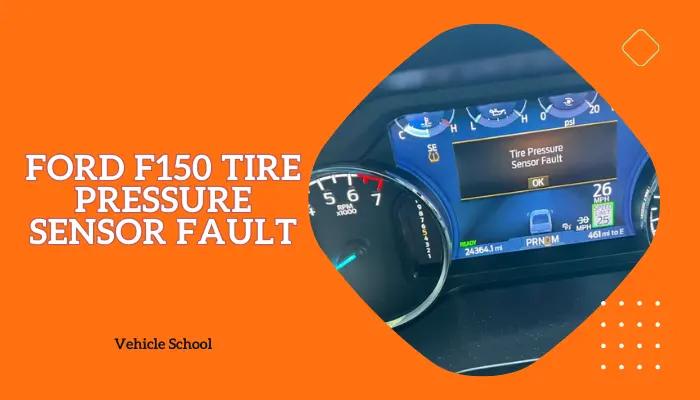When your F150’s thermostat acts up, you’ll have to deal with engine overheating, annoying cold starts, and a heater that doesn’t even feel like it works.
Don’t let that ruin your drive, though. Keep reading my article to verify if your F150 has a bad thermostat and how you can change it.
Ford F150 Thermostat Problems
Now, let’s talk about all the issues a messed-up thermostat can bring to your ride.

1. Engine Temperature Swings
A stuck-closed thermostat often results in Ford F150 Overheating, hampering optimal temperature control for proper combustion.
This results in poor performance, sluggish acceleration, and reduced driving responsiveness due to the engine’s struggle to reach or maintain ideal operating temperatures.
2. Cold Start Struggles
A stuck-open thermostat in your F150 hinders optimal engine temperature control, especially during startup and in cold weather.
Ineffective coolant flow regulation leads to inefficient engine warm-up, resulting in prolonged cold starts.
You’ll also have to deal with the same performance issues as the previous problem.
3. Ineffective Heater
A faulty thermostat hampers the regulation of coolant flow to the engine and heater core. One common issue many F150 owners reported is their heater blowing cold air because of a faulty thermostat.
This leads to delayed warming of the cabin, making driving uncomfortable and potentially causing visibility issues through fogged-up windows.
How Do I Know If My F150 Thermostat Has Gone Bad?
It’s easy to spot a bad thermostat. Here are all the symptoms:
- Wonky Temperature Gauge: If the temperature gauge is acting weird, your thermostat might be the culprit. It should keep things steady, so erratic movements are a red flag.
- Gas Mileage Drop: A faulty thermostat can lead to more fuel consumption. If you suddenly notice lower gas mileage, the thermostat might be affecting engine efficiency.
- Check Engine Light On: A problematic thermostat could trigger the check engine light. Modern vehicles use this to signal issues with the diagnostics system.
- Coolant Leaks: Keep an eye out for coolant leaks under your truck. Leaks, especially around the thermostat housing, indicate thermostat-related issues that need attention.
- Odd Noises: Since a wonky thermostat can mess with coolant flow, it makes the radiator produce odd sounds like gurgling or hissing.
- Erratic Interior Temps: If your thermostat isn’t working right, the cabin temperature can become unpredictable, making your ride uncomfortable.
How To Replace F-150 Thermostat?
Thermostats don’t usually act up. If yours does, it’s gone for good.
Best fix? Just swap it out. It’s the same process for all f-150 trims, but the year might tweak things.
Here’s a quick rundown of some easy ways to install a new thermostat on most models:
- Replacement For Older Models
These are the steps to replace the thermostat. I’ve used them for Ford 2002-2005 F150 4.2 L’s.
- Cool the engine and drain the radiator.
- Loosen two clamps on the air intake hose and move it aside.
- Disconnect the vacuum hose and any covers blocking access.
- Disconnect two hoses below the air intake mouth.
- Use channel locks and an 8mm socket to remove hose clamps.
- Remove two bolts holding the thermostat housing.
- Remove the hoses before extracting the thermostat housing.
- Take out the old thermostat.
- Get a new thermostat, gasket scraper, gasket, and high-tech gasket sealant.
- Scrape off old gasket material from the housing and block.
- Apply gasket sealant to the thermostat and place it in the block.
- Reattach hoses, apply sealant to the housing or gasket, and bolt it back on.
- Ensure a secure fit of the housing and refill the radiator with coolant.
- Start the engine and check for coolant leaks.
The following video will help simplify the process for you:
- Replacement For Newer F150s
Now, these are the steps for more modern F150s.
I’ve done these steps to replace a thermostat on a 2012 Ford F-150 XLT, but you can also apply them to 2009-2017 F150s with a 5.0L engine.
- Cool the engine and park on a flat surface.
- Drain coolant by opening the radiator petcock.
- Disconnect hoses, remove the air intake tube, and the accessory drive belt.
- Release tension on the AC compressor belt if applicable.
- Release the spring clamp and disconnect the lower radiator hose.
- Remove bolts at the coolant inlet and detach the thermostat housing.
- Take out the old thermostat and o-ring.
- Lubricate the new o-ring, install the new thermostat, and reconnect the housing.
- Torque bolts to 89 inch-pounds.
- Reconnect the lower radiator hose and reinstall the hose clamp.
- Rinse coolant from drive belt pulleys and remove the plastic covering from the AC compressor belt.
- Loop the belt over pulleys and release tension to slide it into place.
- Reinstall the air cleaner outlet tube.
- Fill the cooling system, start the vehicle, and let it warm up with the heater on.
- Check for warm air from the heater, add coolant if needed, and close the hood.
FAQs
What temperature should my F-150 thermostat be?
It should be around 195°F. Do note that it’s normal for most thermostat temps to go up to around 200°F, especially on highways in more warm weather.
How much will it cost to replace the Ford F150 thermostat?
When it comes to swapping out the thermostat, you’re looking at labor costs ranging from $80 to $100, and the parts will usually set you back around $440.
How often should I replace a thermostat in F-150?
Thermostats in F-150s usually last a lifetime, but it’s wise to do quick yearly checks for any issues or damage.
Can I drive my F-150 with a thermostat problem?
If it’s stuck closed, don’t drive, stop to avoid engine overheating. Call for a tow; overheating can wreck the engine fast. If it’s stuck open, you can drive but expect lousy performance and more of your precious fuel wasted.
Final Thoughts
There you go, your truck should now be running smoothly after addressing these common Ford F150 thermostat problems.
Stay sharp, fix things pronto, and enjoy a safe drive with confidence.






